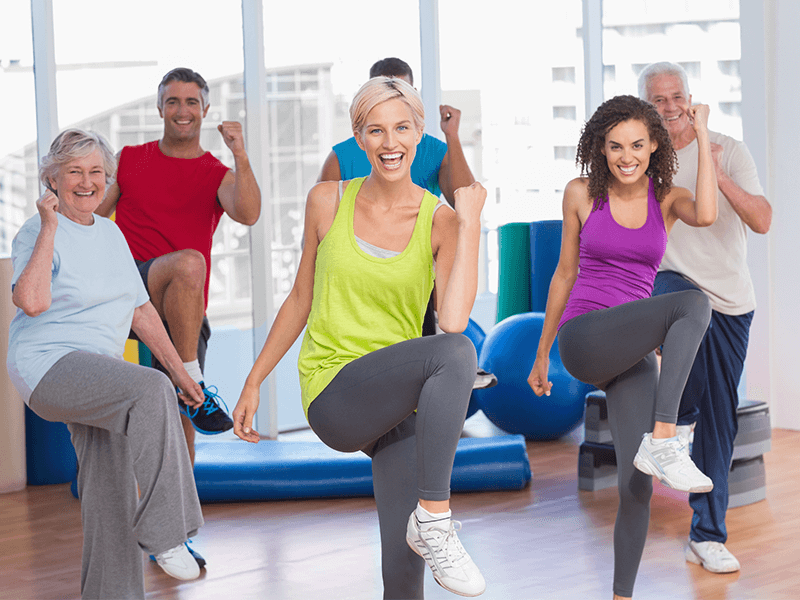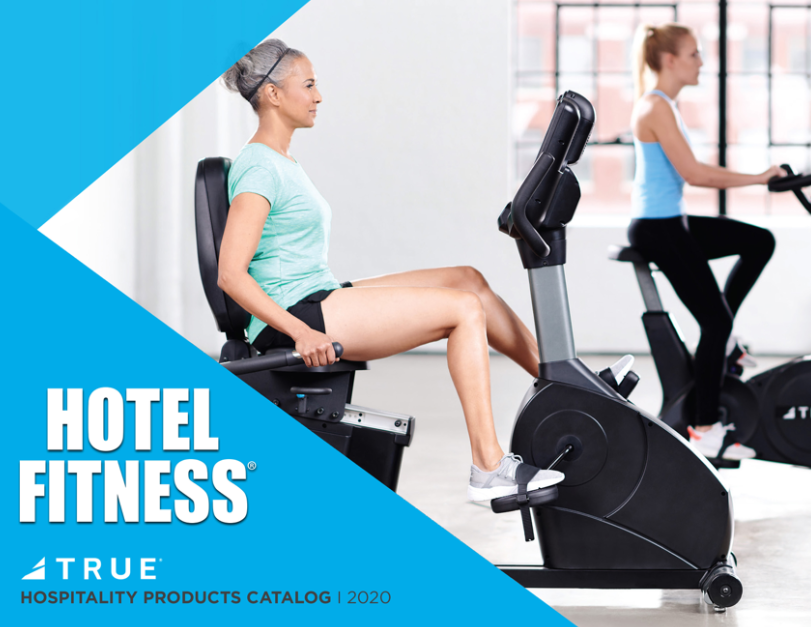
Fitness is an essential part of healthy living for seniors and can make a major difference in the quality of life. Getting in shape, and/or staying in shape through your senior years helps you to stay healthy, stronger and less like to sustain major injury from falls, etc.
Your Starting Point
But to get started, you need to dial in your starting point so you can map out your fitness path going forward. The first step for any prudent senior is a complete physical by your family doctor or other licensed professional healthcare expert. This step is necessary to make you aware of any pre-existing conditions that may affect your exercise regime or nutrition plan.
The second step in getting ready to start is to decide what you’re looking to achieve in the short, medium and long-term future. Are there areas of your health, current ability or physical imbalances that need to be addressed first? Is it necessary to bring your cardiovascular system up before you start lifting weights, or do you have mobility or flexibility issues that need to be dealt with before you can freely start to strengthen your body?
Building strength, increasing bone density, increasing flexibility and increasing endurance are all reasonable goals in any senior fitness endeavor – but it’s important to remember this is a lifestyle change, a marathon if you will, not a sprint. It’s best to make small steps forward over time, evolving into a full healthy lifestyle over time.
Rushing the process can lead to injury, burnout and worse, and can be very demotivating if you suddenly slam up against a level of exercise you’re not ready for.
One tip: before starting an exercise routine, even a simple starting routine for seniors, make sure you address issues regarding your sleep patterns and nutrition. Are you getting 7-9 hours of sleep a day? If you have trouble sleeping more than 4 or 5 hours of sleep a night, try adding in a nap each afternoon to make up the difference. Your body does the bulk of it’s healing while you’re asleep, so this is a great first step toward true senior fitness.
Plan a Healthy Diet
Once that’s under control and becoming routine, do a little research online or at your local library to plan out a healthy diet to follow, both for general health and to recover optimally from your coming workouts. The most important concern here is getting enough protein, as too little protein from a reduced appetite in seniors is believed to be one of the factors in the age-related muscle wasting known as sarcopenia.
Once sleep and nutrition are starting to dial in, you can start your exercise routine as simply as going for a walk each day when the weather permits. Stop short of exhaustion, but work on going a little further each day, whether it’s another half-block in the city or another telephone pole on a country road. Keep track of how far you walk each day – you’ll be surprised at how quickly your range increases as your body becomes used to it.
Resistance Training
The next step is starting your resistance training – working with weights is possibly the most important part of any strength training for seniors. Start lighter than you think you need to – remember, your body isn’t used to using each and every muscle each day and will take a bit of time to get used to it. You may be a bit sore the next day after workouts, in large part because a full range of motion stretches the muscles and ligaments more than they’re used to.
Using bands or dumbbells, pick one exercise per body part to start, using compound exercises when possible. (A compound exercise is one that involves more than one joint, such as the shoulder and elbow or hip and knee.) Do a set of 8-10 repetitions of each exercise the first day, keeping it very light, and see how you feel the next day. If all is well, add a second set of each exercise to your routine on the third day, and a third set on the fifth day if all is still good.
Stay with the 3 sets per exercise for the next month or 6 weeks, working out every other day or any three non-consecutive days a week. If it starts to get easy to finish the third set of an exercise, try a small increase in weight for that exercise on the next workout, slowly working your way back up to completing 8-10 reps for 3 sets.
Add Cardio
By this time you’ve dialed in your starting point and your seniors fitness routine is ready to start in earnest. Depending on your goals and what feels right to you, your path ahead will vary as time goes on. You may want to start adding in cardio sessions on your workout or off days if you’re looking to reduce bodyfat, you may want to add a second or third exercise per body part if you’re looking to focus on building and toning muscle, or you may safely work towards heavier and heavier weights if building strength is the current goal of your plan.
But whatever your strategy, know that you’re building a happier and healthier life for your senior years, and extending the likeliness of waking up each day felling ready to take on the world. In a great many ways, seniors fitness is the best investment you can make in yourself!
Note From Brigadoon Fitness
Active Aging for seniors is very important for a long and healthy life. Seniors need to eat healthy foods and exercise to keep their body in top shape. Starting an exercise routine after the age of 60 may seem daunting, but doing so will set you up for mental and physical health that can keep you independent as you age.
There are four types of exercise that can improve your health. By starting with these you will be set up to enjoy your later years.
- Endurance activities, or aerobic workouts, increase your breathing and heart rates. Exercises such as a brisk walk, dancing, swimming, etc. will help.
- Strength exercises help you stay independent and make everyday activities feel easier, like getting up from a chair, climbing stairs, and carrying groceries. Lifting weights, using resistance bands, etc. are great to start.
- Balance exercises can help prevent falls, a common problem in older adults that can have serious consequences. Lower body strength can help improve your balance, try standing on one foot, standing from a seated position, etc.
- Flexibility will make moving more freely easier instead of having stiff joints. The best way to accomplish this is through stretching and moving.
Any activity is always good for your body. Always ask your doctor before starting an exercise program.


